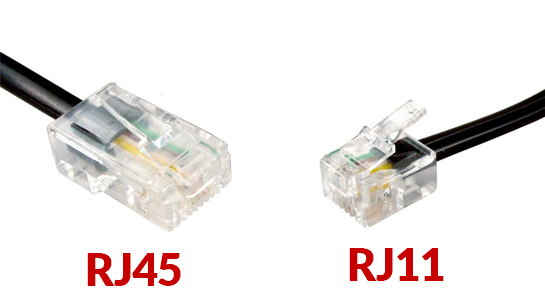RJ45 vs RJ11
In the world of networking and telecommunications, understanding the difference between various connectors is essential. Among the most commonly encountered are RJ45 and RJ11 connectors. While they may appear similar at first glance, each serves distinct purposes, and knowing the differences can prevent costly mistakes and ensure smooth operations. Let's delve into the comparison between RJ45 and RJ11 connectors to shed light on their unique characteristics.
RJ45 Connectors:
RJ45 Connectors connectors are good in modern networking setups, primarily used for Ethernet connections. These connectors have eight pins and are typically used in local area networks, connecting devices like computers, routers, switches, and modems. They facilitate high-speed data transmission, making them ideal for internet connectivity and networking applications.
RJ11 Connectors:
On the other hand, RJ11 connectors are commonly associated with telephone connections. They feature six pins and are used for connecting telephones, fax machines, and modems (a network device that both modulates and demodulates analog carrier signals for encoding and decoding digital information for processing) to a telephone line. RJ11 connectors are not designed for high-speed data transmission like RJ45 connectors but are perfectly suited for voice communication over telephone lines. '
Differences at a Glance:
To summarize, here are the key differences between RJ45 and RJ11 connectors:·
- RJ45 connectors have eight pins, while RJ11 connectors have six pins.
- RJ45 connectors are used for Ethernet and high-speed data transmission, whereas RJ11 connectors are primarily used for telephone and voice communication.
- RJ45 connectors are commonly found in Local Area Network (LAN) setups, while RJ11 connectors are used in telephone systems.·
- RJ45 connectors are larger and wider than RJ11 connectors.
In conclusion, while RJ45 and RJ11 connectors may seem similar, they serve distinct purposes in the realm of networking. Understanding their differences is crucial for setting up efficient and reliable connections in both residential and commercial environments.


No comments:
Post a Comment